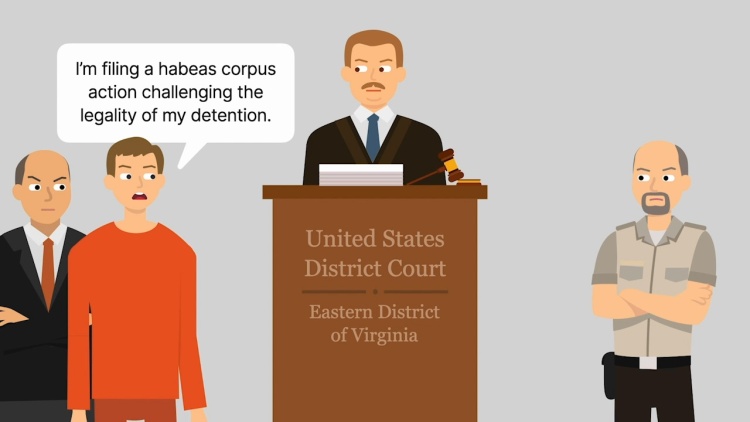Strickler v. Greene
United States Supreme Court
527 U.S. 263 (1999)
- Written by Arlyn Katen, JD
Facts
In 1990, Leanne Whitlock, a Black college student, drove her boyfriend’s car (the Lynx) to the mall. Six days later, Whitlock was found dead in a cornfield 25 miles away. Whitlock died from blunt-force injuries to her head, and a bloody, 69-pound rock was nearby. Two witnesses saw Tommy Strickler (defendant) and Ronald Henderson at the mall around the time Whitlock disappeared. A third witness, Anne Stoltzfus, claimed that Strickler orchestrated Whitlock’s abduction by directing Henderson and a White woman to help force Whitlock into the Lynx and drive away. Another witness saw Strickler and Henderson drive the Lynx near the cornfield an hour or two after Whitlock’s abduction. Later that evening, Strickler and Henderson danced and drank at a bar, and then left with Donna Kay Tudor, a White woman. Tudor claimed that Strickler pulled out a knife and threatened to stab Henderson and that the men referenced killing a Black person with a rock crusher. Tudor was charged with larceny because she and Strickler drove the Lynx for several days before abandoning it. Police seized a bag from Strickler’s mother’s house that contained Whitlock’s identification cards and a tank top stained with human blood and semen. Three hair samples found at the murder scene were likely Strickler’s. At separate trials, Strickler and Henderson were convicted of murder, abduction, and robbery. Strickler was sentenced to death, and Virginia state courts affirmed his sentence. During federal habeas proceedings, Strickler’s counsel discovered eight documents (the Stoltzfus documents) reflecting police notes from Stoltzfus’s interviews and Stoltzfus’s correspondence with police. Contrary to Stoltzfus’s vivid testimony about the abduction, these documents suggested that Stoltzfus was initially unable to identify anyone until after police, Stoltzfus’s daughter, and Whitlock’s boyfriend reminded Stoltzfus of various details. The government conceded that at least five of the Stoltzfus documents were not disclosed to Strickler. The federal district court determined that the government’s suppression of the Stoltzfus documents violated Brady v. Maryland, 373 U.S. 83 (1963), and granted Strickler’s writ for habeas corpus. The appellate court reversed, and the United States Supreme Court granted certiorari.
Rule of Law
Issue
Holding and Reasoning (Stevens, J.)
What to do next…
Here's why 899,000 law students have relied on our case briefs:
- Written by law professors and practitioners, not other law students. 47,000 briefs, keyed to 994 casebooks. Top-notch customer support.
- The right amount of information, includes the facts, issues, rule of law, holding and reasoning, and any concurrences and dissents.
- Access in your classes, works on your mobile and tablet. Massive library of related video lessons and high quality multiple-choice questions.
- Easy to use, uniform format for every case brief. Written in plain English, not in legalese. Our briefs summarize and simplify; they don’t just repeat the court’s language.





